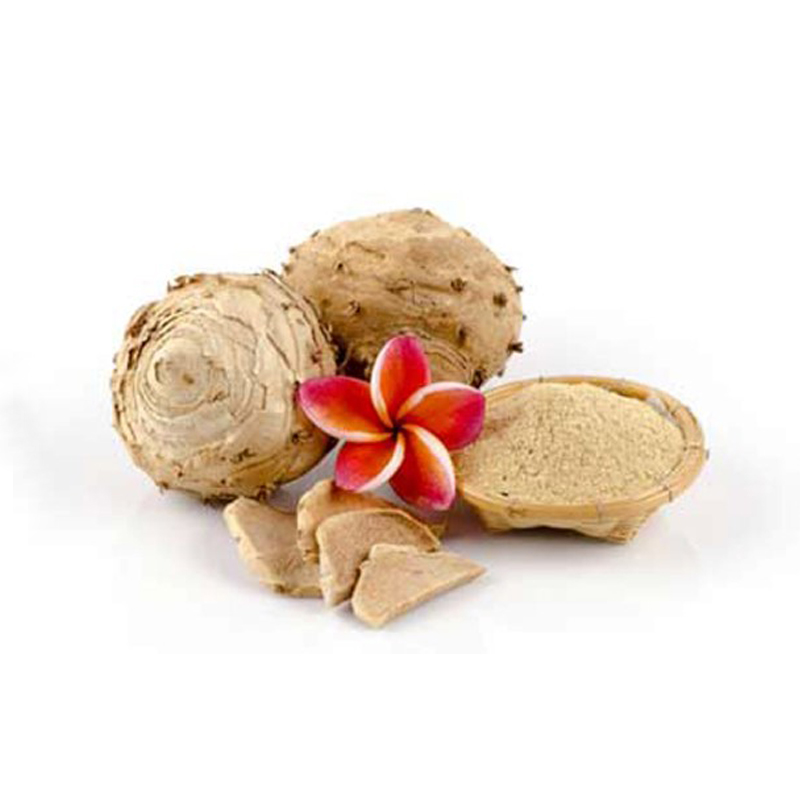สารสกัดว่านชักมดลูก Curcuma Comosa (Thai)
Curcuma Comasa Rhizome Extract
-
สารสกัดว่านชักมดลูก มีสารกลุ่ม Diarylheptanoid ซึ่งเป็นสารกลุ่มไฟโตเอสโตรเจน ซึ่งมีฤทธิ์คล้ายกับฮอร์โมนเอสโตรเจน ซึ่งวงการแพทย์ต่างก็ยอมรับว่า สารกลุ่มไฟโตเอสโตรเจนมีประสิทธิภาพในการรักษาสุขภาพต่างๆ ของสตรีวัยทองได้เป็นอย่างดี ช่วยต้านการอักเสบ ให้ผิวกระชับ ไม่หย่อนคล้อย เต่งตึง มีสารต้านอนุมูลอิสระ ช่วยลดเลือนริ้วรอย และบำรุงผิว (Anti-Inflamatory)
ไทย/Thai
1 ขวด (60 ml) ราคา 185 บาท
1 ปอนด์ (450 ml) ราคา 1050 บาท
1 kg (1,000 gm) ราคา 2100 บาท
EXCURCUMACOM02-628-0314, 02-628-0315
02-282-4468
dd.herbalandchemical@gmail.com
EXCURCUMACOM
รายละเอียดสินค้า
Compositions/ Information on ingredients
|
Name |
CAS No. |
%w/w |
|
CURCUMA COMOSA RHIZOME EXTRACT |
- |
4-16 |
|
Propylene glycol |
57-55-6 |
q.s. to 100 |
|
Phenoxyethanol |
122-99-6 |
1 |
|
Caprylhydroxamic acid |
7377-03-9 |
0.05 |
*) See section method of preparation
Source of Botanical Raw Material
|
Botanical name |
Curcuma comosa Roxb. |
|
Part of plant used |
Rhizome |
Physical Characterization
|
Physical state and appearance |
Liquid |
|
Color |
Light brown to brown |
|
Odor |
Slightly characteristic |
|
pH |
5.0 +/- 1.0 |
|
Specific gravity |
1.02 +/- 0.20 |
History of Traditional Use/ Claim Support
Cosmetic claim
- Antioxidant
Traditional Use
|
Used |
References |
|
Treatment of fluatalence and gynecologic diseases such as premenstrual syndrome (PMS), abnormal menstruation and uterine pain. |
รองศาสตราจารย์ พร้อมจิต ศรลัมพ์. บทความเผยแพร่ความรู้สู่ประชาชน, ว่านชักมดลูก. Curcuma comosa. https://en.wikipedia.org/wiki/Curcuma_comosa Keeratinijakal, V., Kongkiatpaiboon, S. (2017) Distribution of phytoestrogenic diarylheptannoids and sesquiterpenoids components in Curcuma comosa rhizomes and its related species. Revista Brasileira de Farmacognosia 27: 290-296. Winuthayanon, W., Piyachaturawat, P., Suksamrarn, A., Ponglikitmongkol, M., Arao, Y., Hewitt, S.C., Korach, K.S. (2009) Diarylheptanoid phytoestrogens isolated from the medicinal plant Curcuma comosa: biological actions in vitro and in vivo indicate estrogen receptor-dependent mechanisms. Environmental Health Perspectives 117: 1155-1161. |
|
Anti-inflammatory properties |
Curcuma comosa. https://en.wikipedia.org/wiki/Curcuma_comosa
|
Scientific research data
|
Biological activity |
References |
|
Estrogenic |
Winuthayanon, W., Piyachaturawat, P., Suksamrarn, A., Ponglikitmongkol, M., Arao, Y., Hewitt, S.C., Korach, K.S. (2009) Diarylheptanoid phytoestrogens isolated from the medicinal plant Curcuma comosa: biological actions in vitro and in vivo indicate estrogen receptor-dependent mechanisms. Environmental Health Perspectives 117: 1155-1161. Winuthayanon, W., Suksen, K., Boonchird, C., Chuncharunee, A., Ponglikitmongkol, M., Suksamrarn, A., Piyachaturawat, P. (2009) Estrogenic activity of diarylheptanoids from Curcuma comosa Roxb. Requires metabolic activation. Journal of Agricultural and Food Chemistry 59: 840-845. Bhukkhai, K., Suksen, K., Bhummaphan, N., Janjorn, K., Thongon, N., Tantikanlayaporn, D., Piyachaturawat, P., Suksamrarn, A., Chairoungdua, A. (2012) A phytoestrogen diarylheptanoid mediates estrogen receptor/Akt/glycogen synthase kinase 3β protein-dependent activation of the Wnt/β-catenin signaling pathway. The Journal of Biological Chemistry 287: 36168-36178. |
|
Uterotrophic |
Piyachaturawat, P., Ercharuporn, S., Suksamrarn, A. (1995) Uterotrophic effect of Curcuma comosa in rats. International Journal of Pharmacognosy 33: 334-338. |
|
Anti-inflammatory |
Jantaratnotai, N., Utaisincharoen, P., Piyachaturawat, P., Chongthammakun, S., Sanvarinda, Y. (2006) Inhibitory effect of Curcuma comosa on NO production and cytokine expression in LPS-activated microglia. Life Science 78: 571-577. Sodsai, A., Piyachaturawat, P., Sophasan, A., Suksamrarn, A., Vongsakul, M. (2007) Suppresion by Curcuma comosa Roxb. of pro-inflammatory cytokine secretion in phorbol-12-myristate-13-acetate stimulated human mononuclear cells. International Immunopharmacology 7: 524-531. |
|
Anti-oxidant |
Niumsakul, S., Hirunsaree, A., Wattanapitayakul, S., Junsuwanitch, N., Prapanupun, K. (2007) An antioxidative and cytotoxic substance extracted from Curcuma comosa Roxb. Journal of Thai Traditional and Alternative Medicine 5: 24-29 |
|
Growth suppressing on male reproductive organs |
Piyachaturawat, P., Timinkul, A., Chauncharunee, A., Suksamrarn, A. (1998) Growth suppressing effect of Curcuma comosa extract on male reproductive organs in immature rats. Pharmaceutical Biology 36: 44-49. |
|
Male fertility |
Piyachaturawat, P., Timinkul, A., Chaunchararunee, A., Suksamrarn, A. (1999) Effect of Curcuma comosa extract on male fertility in rats. Pharmaceutical Biology 37: 22-27. |
|
Enhance vascular relaxation |
Intapad, S., Suksamrarn, A., Piyachaturawat, P. (2009) Enhancement of vascular relaxation in rat aorta by phytoestrogens from Curcuma comosa Roxb. Vascular Pharmacology 51: 284-290. Intapad, S., Saengsirisuwan, V., Prasannarong, M., Chuncharunee, A., Suvitayawat, W., Chokchaisiri, R., Suksamrarn, A., Piyachaturawat, P. (2012) Long-term effect of phytoestrogens from Curcuma comosa Roxb. on vascular relaxation in ovariectomized rats. Journal of Agricultural and Food Chemistry 60: 758-764. |
|
|
|
Method of Preparation
|
Process of extraction |
Maceration and/or sonication |
|
Extracting solvent |
Ethanol |
|
Concentration |
Distillation in vacuo |
|
Fractionation |
- |
|
Plant Extract Ratio |
Between 1:1.5 to 1:1 |
|
Solubility of the preparation |
Alcohol, Water |
Microbial test
|
Total plate count |
< 1000 CFU/g |
|
Yeast and Mold |
< 1000 CFU/g |

